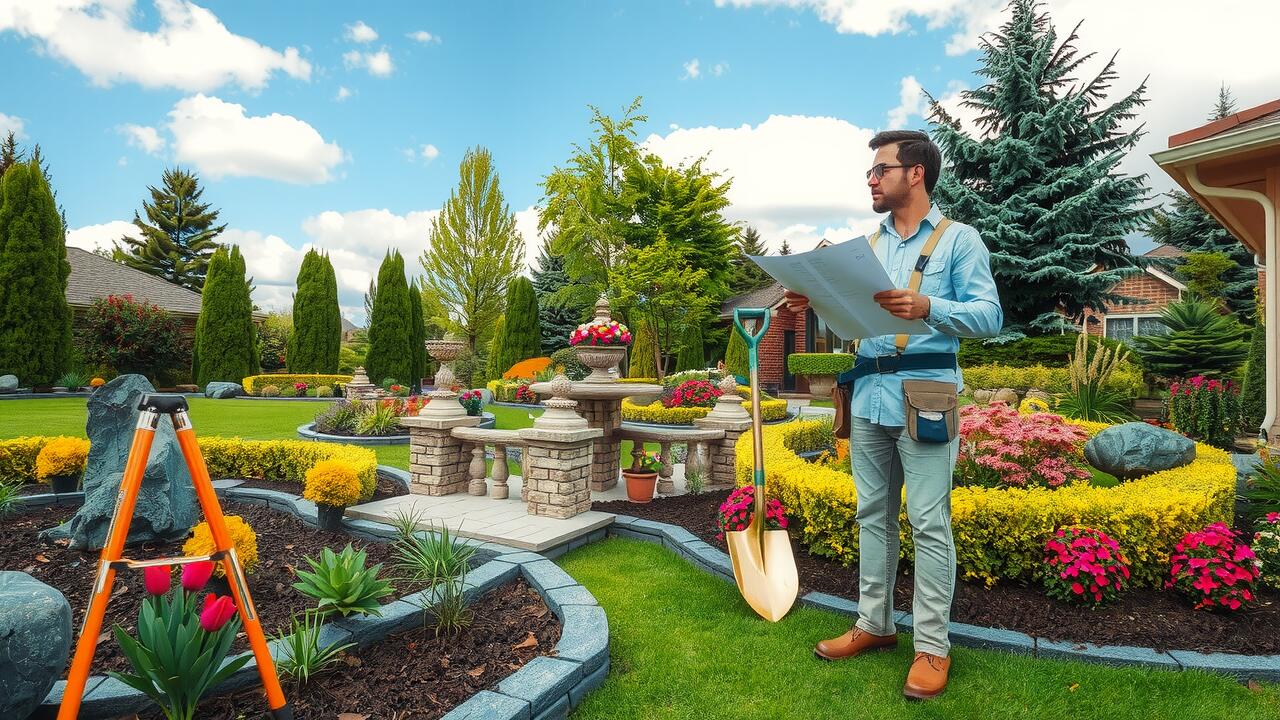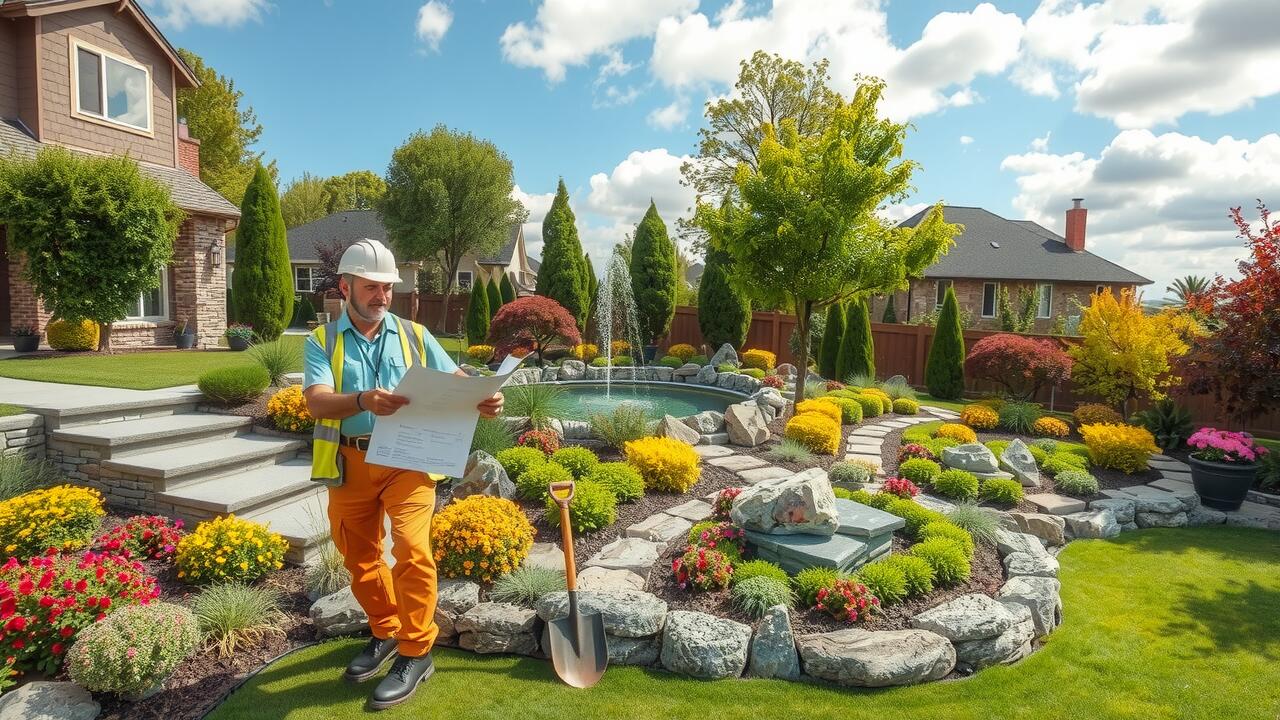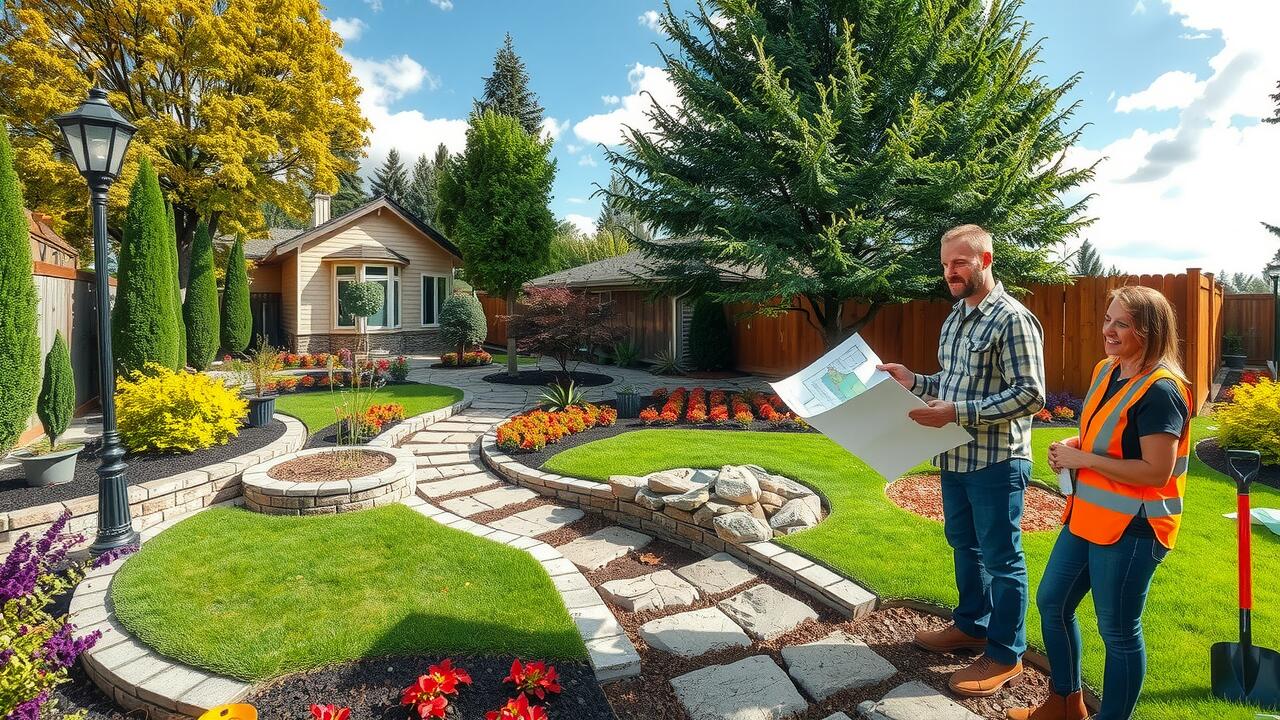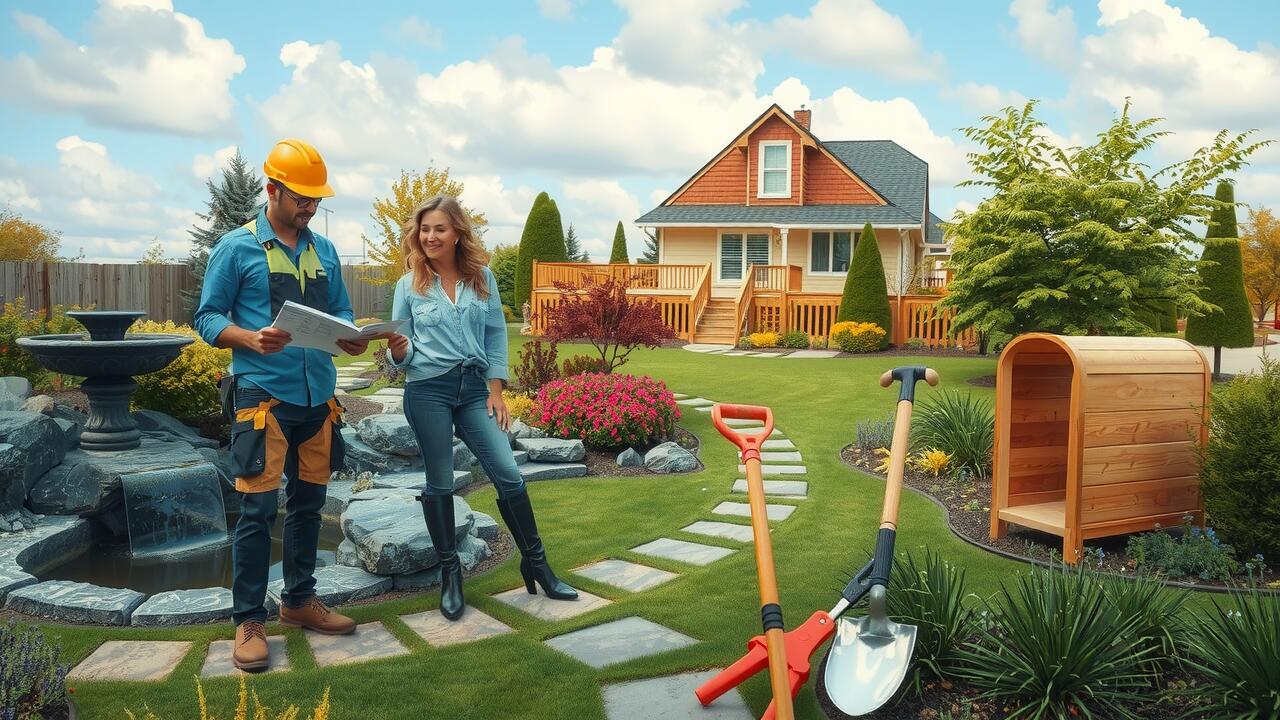
At Houston Home Remodeling Pro’s, our Landscaping Design service is dedicated to transforming outdoor spaces into beautiful, functional retreats that enhance the overall appeal of your home. Our skilled team works closely with clients to understand their vision, preferences, and lifestyle needs, ensuring a customized design that reflects their unique style. Whether you’re looking to create a serene garden oasis, stylish patio area, or vibrant flower beds, we incorporate elements like hardscaping, native plants, and sustainable practices to bring your dream landscape to life. With a keen eye for detail and a commitment to quality, we aim to elevate your exterior environment, making it a perfect complement to your home’s interior. Let us help you create an outdoor space that you and your family can enjoy for years to come.
Incorporating Water Features in Your Garden
Water features can transform any garden into a serene retreat, offering both aesthetic appeal and a calming ambiance. Fountains, ponds, and streams serve as focal points that draw the eye and provide a tranquil soundscape, enhancing outdoor spaces. The presence of moving water not only adds visual interest but also encourages wildlife, such as birds and butterflies, to visit, creating a vibrant ecosystem. When incorporated thoughtfully, these elements can harmonize with existing landscaping and create a sense of rhythm throughout the yard.
Selecting the right water feature for your environment is crucial. Considerations should include the size of the space, the desired style, and the surrounding flora. For smaller gardens, wall-mounted fountains may be ideal for adding elegance without taking up valuable ground space. Larger areas may accommodate ponds or streams, allowing for native plants and fish, which can enhance biodiversity. By integrating these features into your landscape design, you can elevate the overall aesthetic while creating a welcoming sanctuary for nature and relaxation.
Different Types and Their Benefits
Water features can transform a garden into a tranquil oasis, providing both aesthetic appeal and practical benefits. Options such as ponds, waterfalls, and rain gardens create habitats for local wildlife. They also improve the garden’s overall hydrology, aiding in irrigation and soil health. The sounds of flowing water contribute to a peaceful atmosphere while helping to mask unwanted noise from nearby traffic or neighbors.
Incorporating elements like fountains and streams can introduce a variety of colors and textures to the landscape. Thoughtfully designed, these features not only enhance the visual experience but also promote harmony within the garden. Whether it’s the calming effect of a reflecting pond or the lively energy of a bubbling brook, the right water feature can reflect personal style and support local ecology, making it a meaningful addition to any outdoor space.
Utilizing Landscape Design Software
Landscape design software transforms how gardens and outdoor spaces are planned and executed. By allowing users to visualize their ideas in a digital format, these tools offer a flexible and efficient approach to creating aesthetically pleasing layouts. The drag-and-drop functionality simplifies the arrangement of elements such as trees, shrubs, and water features. Users can experiment with different dimensions and placements without the need for physically moving materials, which can save both time and costs in the long run.
These software programs often include features that help manage various aspects of a gardening project, catering to both beginner and experienced gardeners. Users can incorporate specific planting zones and climate data to choose compatible flora, such as hydrangeas or redbud trees. This capability enriches the planning experience and enhances the likelihood of successful plant growth. Accessibility features also ensure that anyone, regardless of technical skill, can create beautiful and functional outdoor spaces tailored to their unique tastes.
Benefits of Digital Planning Tools
Digital planning tools have revolutionized the way landscape gardeners design and visualize residential gardens. Using software like Visio or specialized landscape design software allows for the creation of detailed 3D models. These models provide an accurate representation of the layout, helping gardeners see how elements such as turf grass or ornamental plants will interact in the space. Enhanced visualization tools can even simulate various seasons, showing how the designs would look under different weather conditions, including snowfall or rainfall.
Drought-tolerant and native plants can be easily incorporated, ensuring a sustainable landscape that supports biodiversity. Garden designers can use these digital platforms to experiment with layouts, adjusting vertical planes and integrating features like butterfly gardens or wildflower meadows. The ability to visualize potential garden layouts helps avoid costly mistakes in design and installation. Additionally, these tools often come equipped with dashboards that track plant growth and maintenance, making it easier to manage everything from pruned shrubs to garden pests.
Understanding Planting Zones and Climate
Planting zones and climate play a crucial role in determining the types of plants that will thrive in your landscape. Different regions experience varying temperatures, rainfall, and seasonal changes. Understanding these factors helps gardeners choose the right grass varieties for lawns, select vibrant flowers for beds, and establish vegetable gardens that will yield the best results. Additionally, knowledge of local ecosystems and topography enhances the ability to create beautiful designs that harmonize with the environment, promoting biodiversity and encouraging beneficial insects like bees and butterflies.
Microclimates within a garden also affect plant health and growth. Conditions such as sunlight exposure, drainage, and wind patterns influence how well certain species will adapt. For example, a sunny spot near the porch may be ideal for heat-loving bougainvillea, while a shaded corner may provide a perfect habitat for delicate climbing vines. By integrating these considerations into the planning process, you can achieve both aesthetic beauty and functional conservation, contributing to groundwater recharge and the overall health of the landscape.
Choosing Plants That Thrive
Selecting plants suited for your specific environment is crucial in achieving a thriving garden. Understanding your USDA planting zone plays a significant role in this process. Each zone indicates the variety of temperatures and climate conditions plants can endure. When choosing plants, consider native options that have evolved with local conditions, as they generally require less maintenance and are more resilient to pests and diseases. This approach also supports beneficial insects, promoting a healthier ecosystem in your outdoor space.
Incorporating an array of plants, including annuals and perennials, can create visual interest throughout the seasons. Flowering trees, hydrangeas, and low-maintenance ground covers can enhance aesthetics while providing functional benefits. Additionally, consider hardscapes like paving stones and pergolas to complement your chosen plants. An intentional blend of foliage and structural features can lead to an engaging landscape that requires less upkeep and maximizes the beauty of your garden.
FAQS
What are some popular types of water features for gardens?
Some popular types of water features include fountains, ponds, waterfalls, and streams. Each adds a unique aesthetic and can enhance the ambiance of your garden.
How can landscape design software benefit my gardening projects?
Landscape design software allows you to visualize your garden layout, experiment with different designs, and plan effectively. It can help in saving time and making informed decisions about plant placement and features.
What is the significance of understanding planting zones?
Understanding planting zones helps you select plants that are suitable for your local climate, ensuring they thrive and flourish in your garden. It minimizes the risk of planting species that may not survive in your environment.
How do I choose plants that will thrive in my specific climate?
To choose plants that will thrive, research your local climate zone and select species that are recommended for those conditions. Consider factors such as temperature, moisture levels, and sun exposure.
Can I design my landscape without professional help?
Yes, with the use of landscape design software and resources available online, many homeowners can successfully design their own landscapes. However, consulting a professional can provide additional expertise and insights.


